Have you ever been asked in a job interview, "What's your design process?".
Let’s get straight to the point. It’s a question that shouldn’t been asked, and the reason for that is simple.
Especially when you work in a fast-paced environment like a startup, you need to cut corners often, and that’s just the reality. However, it doesn’t mean that you forget about user-centred design. So the question that we should get asked sounds more like…
How can you apply a user-centred approach within time/budget constraints? And how can you still inject research into your work to drive decision-making?
A few years ago, I read an article from Janette Fuccella explaining a Priority Framework used at Pendo. It’s based on two main criteria for evaluating the best way to plan work: problem knowledge and risk. The rest is all about critical thinking.

Let's break it down.
High Risk, Known Problem Space → Focus on Design
This is when the business has a problem in a known space, meaning they understand the users and the market. The risk is high, so your designs can affect metrics like revenue or engagement. In this case, you want to focus on ensuring the designs are as good as possible to limit the risks.
In this scenario, I focus on aligning everyone’s knowledge through empathy mapping, storyboarding, and flows to define the problem and opportunity for design. Then, I can delve into designing something that solves what we aligned on, brainstorm with teams and iterate on it.
High Risk, Unknown Problem → Dive into Research
If the risk is still high, but you don’t understand the problem, the best thing to do is focus on research to gain that understanding.
This is when I focus my time on stakeholder interviews, user interviews, diary studies, and field studies and go deep into the discovery phase, as described in the double diamond.
Low Risk, Known Problem → Test-and-Learn
When the risk is low, but the problem is familiar territory, it's time for a test-and-learn approach. Push your creations out to users and watch, learn, and refine.
In my agency days, I orchestrated sophisticated Test & Learn programs using Optimizely and Google Optimize. It might be less fancy in startups, but piloting with clients can still be a game-changer for you to gather good learning bit by bit.
Low Risk, Unknown Problem → Keep It Light with Research
Finally, keep your research light when you're wandering in the unknown with minimal risk. Desk research, competitor analysis, and a quick industry report scan can provide the clarity needed and allow you to formulate assumptions to kickstart your journey.
In essence, not all problems are cut from the same cloth. The Priority Framework hands you a diversified toolbox – your job is to pick the right tool for the job. Critical thinking becomes your compass, guiding you through the design maze with finesse.
So, the next time someone asks, "What's your design process?" you can confidently say, "It depends, and here's why..." Embrace the variety, wield your toolkit, and let critical thinking be your guiding star.
